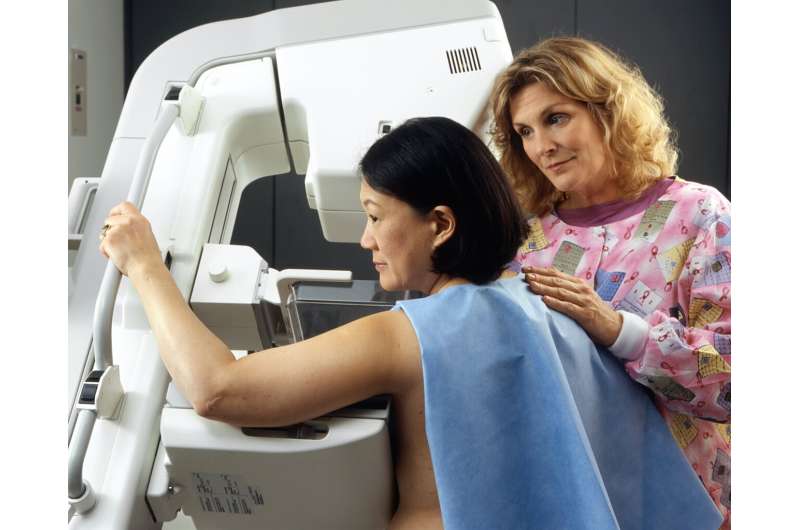Rising Trend of At-Home Births Among Expecting Mothers Revealed in New Research

New research reveals an increasing number of expecting mothers opting for at-home births, prompting discussions on safety, healthcare access, and maternal choices. Learn about the latest trends and their implications for maternal and neonatal health.
Recent research presented at the American Academy of Pediatrics 2025 National Conference & Exhibition highlights an increasing shift among pregnant individuals toward choosing at-home births instead of hospital deliveries. The study, conducted by Cincinnati Children's researchers, observed a doubling in out-of-hospital births in the region from April 2020 to December 2023 compared to the previous two years. This trend was particularly notable among younger, highly educated mothers who tended to have higher body mass indices and fewer prenatal visits.
The research underscores the importance of understanding where and how births are occurring, especially in light of changes in healthcare access and hospital capacities. The American College of Obstetricians and Gynecologists (ACOG) advises caution for planned home births, particularly for high-risk pregnancies. Factors such as advanced maternal age, chronic health conditions, previous birth complications, and multiple pregnancies elevate pregnancy risks and typically warrant hospital-based care.
Experts like Emily Miller MD, MS, FAAP, emphasize the significance of considering individual circumstances when planning the birth setting. She notes that neonatal outcomes can be impacted based on the birthplace and available medical emergency support. As rural hospitals face closures due to Medicaid cuts, expectant mothers are encouraged to weigh the potential risks and benefits of home versus hospital births. Ensuring access to appropriate medical interventions remains critical for the health of both mother and infant.
The trend reflects broader societal and healthcare shifts, raising questions about maternal choice, healthcare infrastructure, and infant health outcomes. It is vital for families and healthcare providers to stay informed about the associated risks, including birth injuries and neonatal mortality, to make well-informed decisions about childbirth options.
Stay Updated with Mia's Feed
Get the latest health & wellness insights delivered straight to your inbox.
Related Articles
Reevaluating the Perceived Medical Advantage of New York City
New research reveals that New York City’s extensive medical specialist offerings may not translate into better access to specialized care, with smaller cities often providing more specialists per capita. The study highlights significant inequalities and challenges assumptions about urban healthcare superiority.
Enhanced Outcomes in Advanced Triple-Negative Breast Cancer with Combination Therapy
A new study reveals that adding everolimus to carboplatin chemotherapy can significantly extend disease control in advanced triple-negative breast cancer, promising a new treatment approach for this aggressive cancer form.
Inconsistent Outcomes of Oxytocin Therapy for Social Behaviors: Insights from Neuroscience Research
Research reveals that oxytocin's effectiveness in improving social behaviors varies depending on brain activity and individual motivation, emphasizing the need for personalized treatment approaches.
New Insights into Distinguishing Benign and Cancerous Breast Calcifications
Innovative research uncovers structural differences between benign and cancerous breast calcifications, leading to improved diagnosis and potential new treatments.



